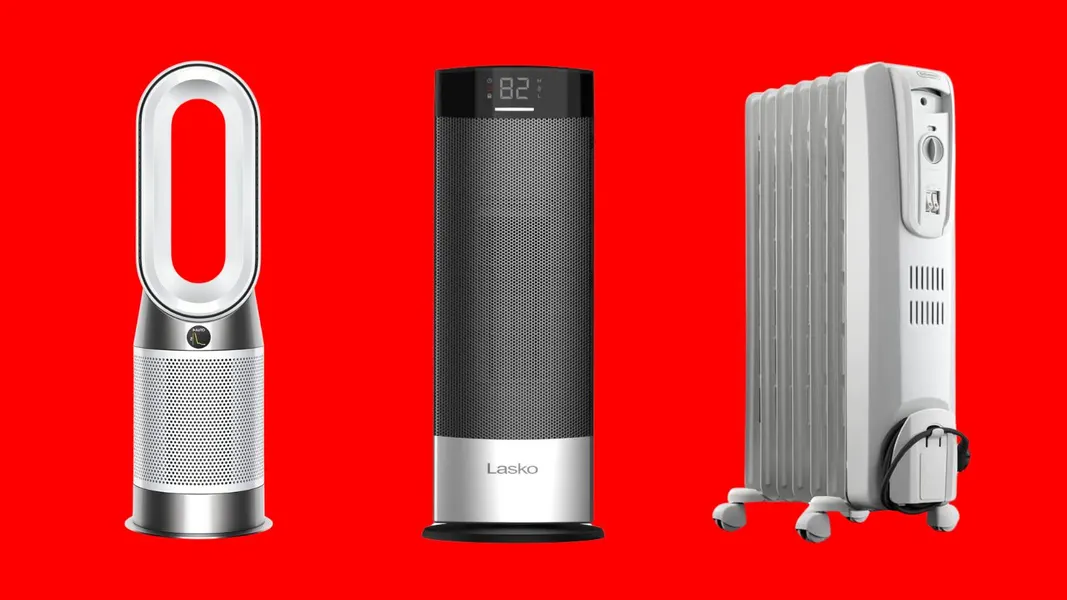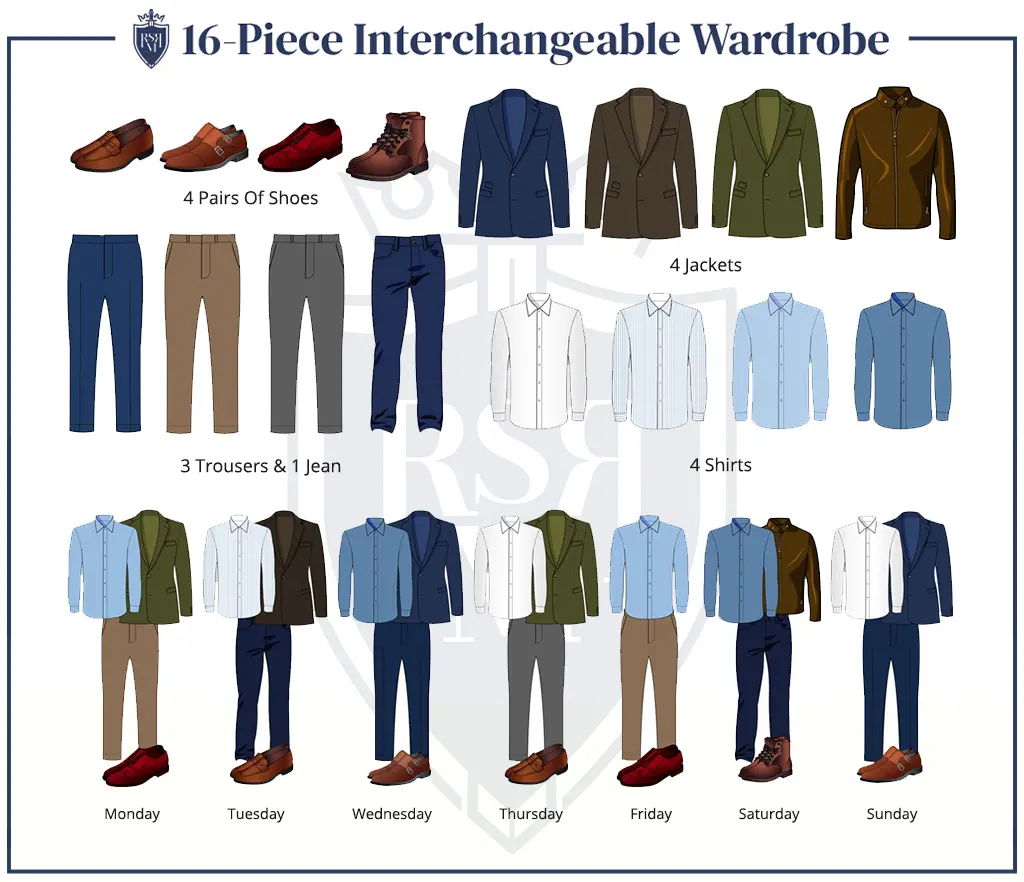The Ultimate Buying Guide to the Best Winter Heaters in the USA: Stay Warm and Cozy This Season

As temperatures start to drop, finding the right winter heater becomes essential for keeping your home warm and comfortable. The variety of heaters on the market can make it challenging to pick the right one for your space, budget, and preferences. This guide covers the key types of heaters available, factors to consider, and some of the top-rated heaters for winter in the USA to help you make an informed choice.
Types of Winter Heaters
Understanding the types of heaters available can help you pick the best model for your space and heating needs. Here are the main types of heaters commonly used in American homes:
- Ceramic Heaters
- How They Work: Ceramic heaters use ceramic plates heated by electricity, which then transfer heat to the surrounding air through a fan.
- Ideal For: Small to medium-sized rooms, as they provide fast heating and are energy-efficient.
- Pros: Quick heat-up, portable, safe to use, and affordable.
- Cons: Less effective for larger rooms and may produce noise due to the fan.
- Infrared Heaters
- How They Work: Infrared heaters emit radiant heat, which directly warms people and objects in the room rather than heating the air.
- Ideal For: Small, targeted areas or spaces where people remain stationary, like bedrooms and small offices.
- Pros: Silent operation, energy-efficient, and doesn’t dry out the air.
- Cons: Limited heat coverage and best for single-person or small-space use.
- Oil-Filled Radiator Heaters
- How They Work: Oil-filled heaters are filled with thermal oil that heats up, creating a steady, long-lasting warmth that radiates into the room.
- Ideal For: Large rooms, as they provide consistent heat and retain warmth even after turning off.
- Pros: Silent, long-lasting warmth, and highly efficient.
- Cons: Slow to heat up and typically heavier than other heater types.
- Fan-Forced Heaters
- How They Work: These heaters use electric coils heated by electricity, with a fan that blows air over the coils and disperses warm air throughout the room.
- Ideal For: Quick heating of small to medium-sized rooms.
- Pros: Fast heating, portable, and usually compact.
- Cons: Noisy and can dry out the air.
- Propane Heaters
- How They Work: Propane heaters use liquid propane as fuel, producing a warm and intense heat, usually without electricity.
- Ideal For: Garages, workshops, or outdoor settings, especially in areas without access to electricity.
- Pros: Powerful, portable, and suitable for outdoor and large spaces.
- Cons: Requires fuel refills and needs good ventilation due to gas emissions.
Factors to Consider When Buying a Winter Heater
To find the perfect heater for your needs, consider these important factors:
- Room Size
- Small rooms up to 150 sq. ft.: Look for compact heaters with up to 750 watts of power.
- Medium rooms up to 300 sq. ft.: A heater with 1,000-1,500 watts will efficiently warm the space.
- Large rooms over 300 sq. ft.: Opt for a higher-wattage heater or an oil-filled radiator for better coverage.
- Energy Efficiency
- Look for models with Energy Star ratings or built-in energy-saving features like adjustable thermostats and programmable timers to help reduce electricity bills.
- Safety Features
- Important safety features to look for include tip-over protection (auto-shutoff if the heater falls) and overheat protection. Models with cool-touch exteriors are safer around children and pets.
- Noise Level
- Fan-based heaters tend to produce noise, while oil-filled and infrared heaters are usually silent. Choose accordingly based on your noise tolerance.
- Portability
- If you need to move your heater from room to room, look for portable models with handles or wheels for easy transportation.
- Budget
- Heaters range from budget-friendly options around $30 to high-end models costing $150 or more. Balance your budget with your heating needs for the best value.
Top-Rated Winter Heaters in the USA
Here are some of the best-reviewed heaters on the market this winter, based on performance, features, and customer satisfaction:
- Lasko Ceramic Tower Heater
- Type: Ceramic Heater
- Key Features: 1,500-watt power, oscillation, adjustable thermostat, overheat protection, and remote control.
- Best For: Small to medium rooms.
- Price Range: $50 – $80
- Why It’s Great: This heater provides fast, effective heating and has an easy-to-use digital display and remote control, making it convenient for home use.
- Dr. Infrared Heater Portable Space Heater
- Type: Infrared Heater
- Key Features: 1,500 watts, dual heating system, quiet blower, adjustable thermostat, tip-over and overheat protection.
- Best For: Bedrooms and medium-sized rooms.
- Price Range: $100 – $150
- Why It’s Great: It combines radiant and convection heating, making it energy-efficient and providing consistent warmth without drying out the air.
- DeLonghi Oil-Filled Radiator Heater
- Type: Oil-Filled Radiator
- Key Features: Adjustable thermostat, 1,500 watts, no fan, anti-freeze setting, and thermal cutoff.
- Best For: Large rooms or continuous use.
- Price Range: $100 – $130
- Why It’s Great: Known for silent and consistent heating, this heater maintains warmth even after turning off, making it ideal for overnight use.
- Honeywell UberHeat Ceramic Heater
- Type: Ceramic Heater
- Key Features: Compact, 1,500 watts, adjustable thermostat, overheat protection.
- Best For: Small spaces like bedrooms and home offices.
- Price Range: $30 – $40
- Why It’s Great: This budget-friendly heater is compact and efficient, perfect for desk or nightstand placement.
- Mr. Heater Buddy Portable Propane Heater
- Type: Propane Heater
- Key Features: 4,000-9,000 BTU, portable, tip-over safety, indoor/outdoor safe.
- Best For: Garages, workshops, and outdoor settings.
- Price Range: $70 – $100
- Why It’s Great: This powerful propane heater is portable and ideal for non-electric heating needs. Its rugged design is well-suited for outdoor use.
Final Tips for Using Your Winter Heater Safely
- Place on a Flat Surface: Make sure the heater is on a stable, level surface to prevent tipping.
- Avoid Plugging into Power Strips: Heaters should be plugged directly into wall outlets to avoid electrical hazards.
- Keep Clear of Flammable Materials: Ensure a safe distance between the heater and any furniture, curtains, or fabrics.
- Turn Off When Not in Use: Always turn off and unplug your heater when you’re not in the room or going to bed.
Final Thoughts
Choosing the right winter heater can make all the difference in creating a warm, cozy home this season. Consider your room size, heating needs, and budget, and look for essential features like energy efficiency and safety options. With the right heater, you can stay comfortable through the coldest winter days while keeping your energy bills in check. Happy heating!


